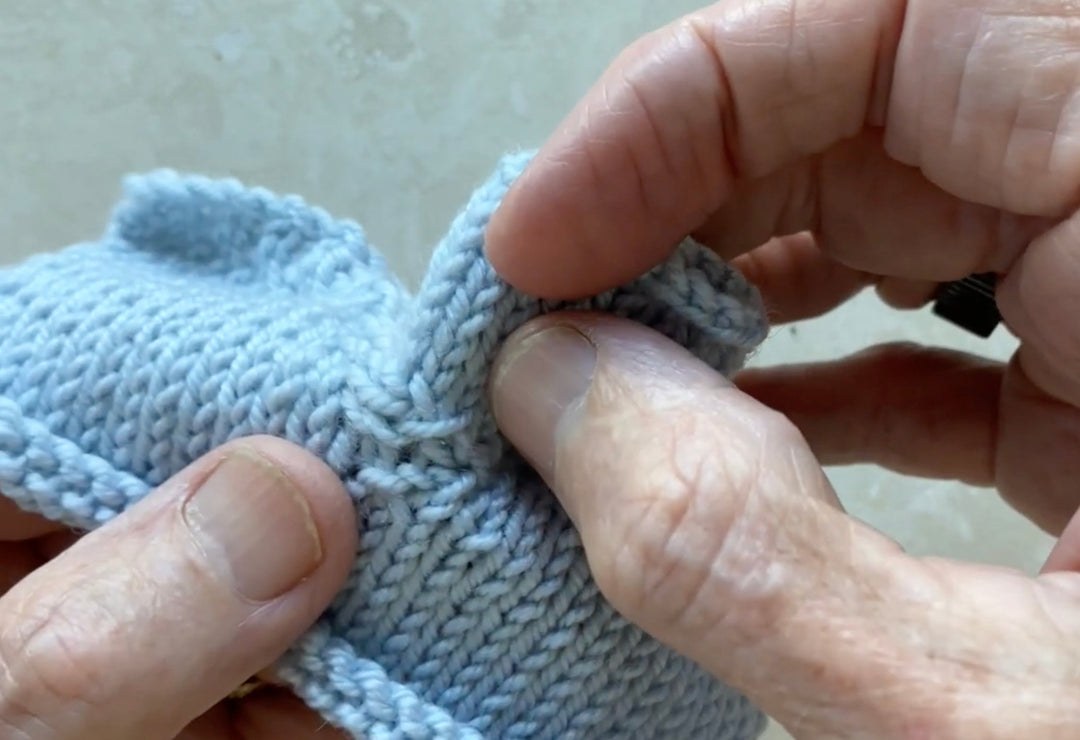
Ever matched gauge perfectly with a substitute yarn, but your project still turned out wrong? The missing piece might be yarn grist - an important factor many knitters overlook.
What is Yarn Grist?
Yarn grist is simply the density of your yarn - how much it weighs for a given length. Two yarns might both be labeled as "worsted weight," but one could be significantly denser than the other.
How to Calculate Yarn Grist
- Check your yarn label
- Divide the total yardage by the weight in ounces
- This gives you "yards per ounce" - your grist measurement
Quantified Example
Original Pattern Yarn:
- Label shows: 220 yards / 100g (3.5 oz)
- Grist calculation: 220 ÷ 3.5 = 63 yards per ounce
Your Substitute Yarn:
- Label shows: 180 yards / 100g (3.5 oz)
- Grist calculation: 180 ÷ 3.5 = 51 yards per ounce
What This Means:
- Your substitute yarn is denser (fewer yards per ounce)
- If the pattern calls for 5 skeins of the original yarn, that's 1,100 yards total
- To get 1,100 yards with your substitute, you'll need about 6 skeins (not 5!)
Even though gauge matches, your finished project will be heavier and might drape differently
Why Grist Matters
- Project Success: Matching grist helps ensure your finished project has the right drape and weight
- Yarn Quantity: If your substitute yarn has lower grist (fewer yards per ounce), you'll need more of it to complete your project
- Budget Planning: Understanding grist helps you accurately calculate how much yarn to buy
When substituting yarn, matching both gauge AND grist will set you up for successful projects!








